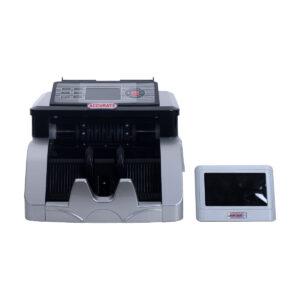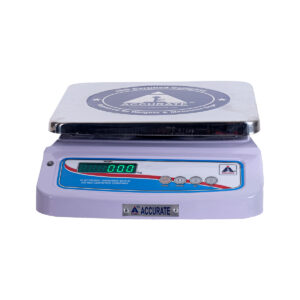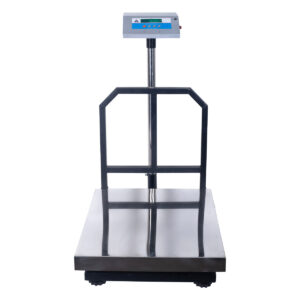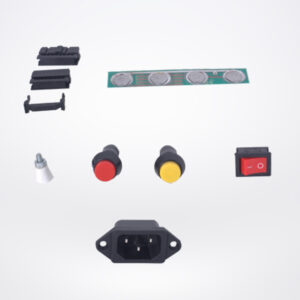
The Kibble Balance named after its inventor, Bryan Kibble at the
U.K.’s National Physical Laboratory (NPL), who conceptualized it in
1975, is an exquisitely accurate weighing machine. Like any balance, it
is designed to equalize one force with another: In this case, the weight
of a test mass is exactly offset by a force produced when an electrical
current is run through a coil of wire immersed in a surrounding
magnetic field.The surrounding field is provided
by a large permanent magnet
system or an electromagnet.
The moveable coil,once electrified becomes an electromagnet with a field strength proportional to the amount of current it conducts. When the coil’s field interacts with the surrounding magnetic field, an upward force is exerted on the coil. The magnitude of that force is controlled by adjusting the current.A Kibble balance, which is used to measure weight via electric current and voltage. With this instrument, the measurement of mass is no longer dependant on a defined mass standard and is instead dependant on natural physical constants.
Computer-generated image realising the international prototype of the kilogram (IPK), made from an alloy of 90-percent platinum and 10-percent iridium by weight
The moveable coil,once electrified becomes an electromagnet with a field strength proportional to the amount of current it conducts. When the coil’s field interacts with the surrounding magnetic field, an upward force is exerted on the coil. The magnitude of that force is controlled by adjusting the current.A Kibble balance, which is used to measure weight via electric current and voltage. With this instrument, the measurement of mass is no longer dependant on a defined mass standard and is instead dependant on natural physical constants.
Computer-generated image realising the international prototype of the kilogram (IPK), made from an alloy of 90-percent platinum and 10-percent iridium by weight







